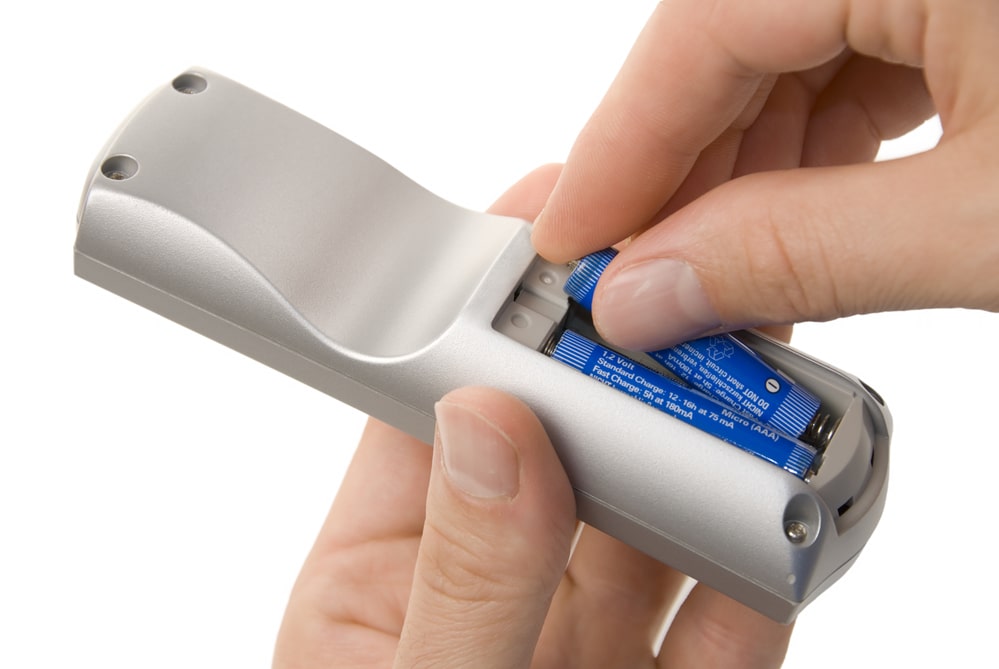Why Are There So Many Battery Form Factors? | Paleblue

Pay a visit to the junk drawer in your kitchen. Dig around for batteries and see what you find. If you are like most of us, your junk drawer has batteries in multiple shapes and sizes. But why? Why do batteries come in so many form factors?
Multiple form factors may seem inconvenient when you are digging around for just the right battery. But believe it or not, things are actually better today than they were in the early days of battery technology. The number of form factors we now have to choose from pales by comparison.
For the record, our USB rechargeable batteries come in all of the most popular form factors for consumer electronics. But that is not the point of this post. The point is answering the question of why so many form factors exist.
The Early Days of Batteries
Battery technology was being worked on as early as the mid-18th century. By the early 19th century, scientists finally had a working battery that offered some semblance of reliability. Decades of further research eventually led to commercial batteries with a variety of applications. At some point along the way, scientists discovered that bigger batteries could store more energy and power larger devices.
This discovery led to manufacturers coming up with batteries designed for very specific uses. They would design one battery for one device and a completely separate battery for another. There were so many form factors that one could almost not keep up without a program. This was all well and good 100 years ago, but a lack of standardization eventually started causing problems.
Standardizing the Industry
It was 1919 when the U.S. National Bureau of Standards decided it was time to do something about batteries. They published guidance outlining test procedures and standard battery cell dimensions. Though the guidance did not make standardization mandatory, it did get the ball rolling. The first published standards were put out by the American Standards Association – which would later become ANSI – in 1928.
Meanwhile, The International Electrotechnical Commission (IEC) began working on standards for electrical devices in 1906. Their first standards for rechargeable batteries were published in 1933 followed by standards for primary batteries in 1948.
Some 100 years later the standards for consumer batteries are well-established. The standards not only dictate size and shape, but they also dictate power. Take the 9-volt battery for example. It is so named because of its power output. But it also has a unique size and shape.
If you were to take a look at one of our AA USB rechargeable batteries, you would see the output (in volts) printed on the exterior. Power output is printed on every other battery as well – be it alkaline or some other type. The point is that standardization didn't just settle form factors. It also settled power output.
A Lot Less Confusing
In the end, the system we have today is a lot less confusing than what people were dealing with 150 years ago. It is less confusing than even 70 years ago. Today's consumers have to worry about only five battery types for electronic devices: AA, AAA, C, D, and 9-volt.
For automotive purposes, car battery shape and size are fairly uniform across the board. The same is true for lawn tractor batteries, deep cell batteries, and so forth. We ultimately have fewer form factors today because we decided to standardize back in the early 20th century. So yes, there are many different form factors represented in your junk drawer. But they are far fewer than you might have had without the standards.
- Tags: Convenience







